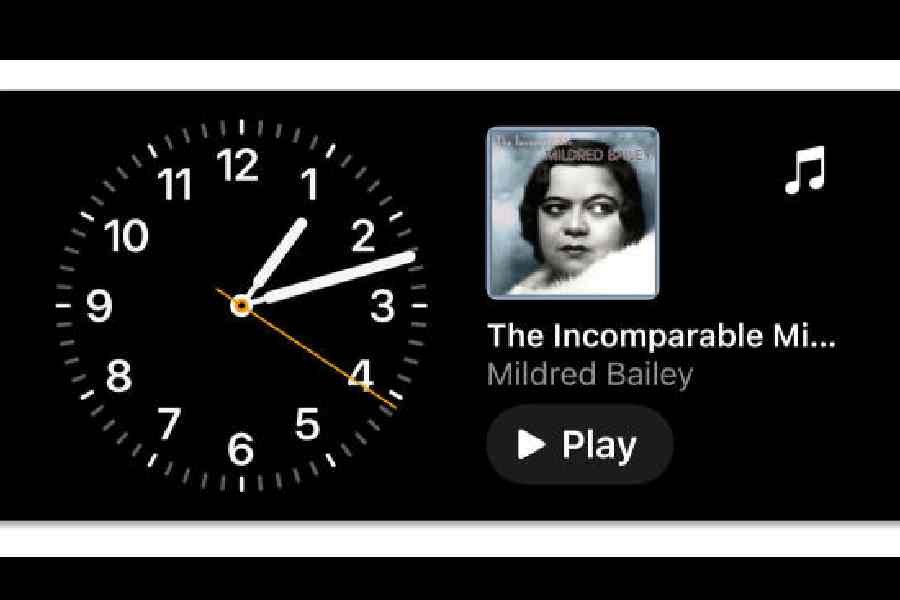Many smartphone users haven’t had the chance to explore major updates to the Google and iPhone operating systems that arrived last fall. As you finally get a breather — or maybe even a new phone — why not start with some of the more personally engaging features that can help you ease into Android 14 or iOS 17?
Express yourself
Google’s Android 14 was focussed largely on improving security and accessibility features. But Google has also added fresh ways to customise phone screens with new wallpaper, app widgets and shortcuts. Open the Settings app, select Wallpaper & Style and make your choices to personalise your device.
Apple has plenty of options in its iOS 17 Wallpaper settings, but with the recent iOS 17.2 update, users can get deeply personal in a different way with the new Journal app in the software; it’s also in the App Store. Journal is a free digital diary for recording thoughts and feelings through text, images and topic suggestions. You can back up your encrypted entries to your iCloud account, where you get five gigabytes of free online storage before Apple starts charging.
Apple’s multimedia Journal is similar to third-party apps like Day One and Journey, which have free and paid premium versions. While Google has not yet added its own dedicated diary app to Android, some people use the company’s free Keep and Docs apps for their pensive moments.
Search your world
Image-based search adds another dimension to activities like shopping, museum-going, travel or just walking around town. Apple’s existing Visual Look Up feature for identifying objects in photos got a boost in iOS 17 and now works on videos as well. Just open a photo or pause a video on your phone and tap the Info icon at the bottom. If more information is available about the image subject, tap Look Up to see the search results.
Google Lens has steadily become more accurate with its pairing of object identification and relevant Internet search results. Say you’re in a museum and want more information on the artwork you’re looking at through your phone’s camera. Tap the adjacent Google Lens icon to see the articles Google Search rounds up.
Google Lens works on objects in still photos and exported frames from video clips. It is available as an Android app but is integrated elsewhere, including in the stand-alone Google app.
Both Apple’s Visual Look Up and Google Lens can recognise, copy and translate text in images you see through the camera. Check each company’s privacy policy if you have data-collection concerns.
Blast off
Android’s developers have been sneaking little surprises into the system’s code for years, and the last update has a hidden game. Just open the Settings app and scroll down to About Phone. Tap it and then tap Android Version.
On the next screen, quickly tap Android Version three times to start the game. On the game screen, press and hold the Android 14 logo until the phone begins to vibrate and a tiny spaceship appears. Press your finger on the screen to get steering controls and use the position information in the corner to fly to different stars.
Slip into standby
Apple’s iOS 17 includes a Standby feature that turns the iPhone lock screen into a smart display for showing off the time, temperature, photos, music, recipes, etc. When enabled in iPhone Settings, the Standby mode kicks on when the phone is charging, stable in the horizontal screen orientation.
If you don’t care for the default widgets, press and hold on either side of the screen to choose new ones from the Standby-compatible options. The Night Mode option gives the screen a red tint if you use the phone as a bedside clock.
Third-party apps such as Zetabit Tecnologia’s Standby Mode Pro give Android-based phones a similar function, as does the “always on display” setting for lock screens on recent Samsung Galaxy phones and tablets.
These hands-free options also hint that it’s good to put the phone down occasionally and enjoy.
NYTNS











